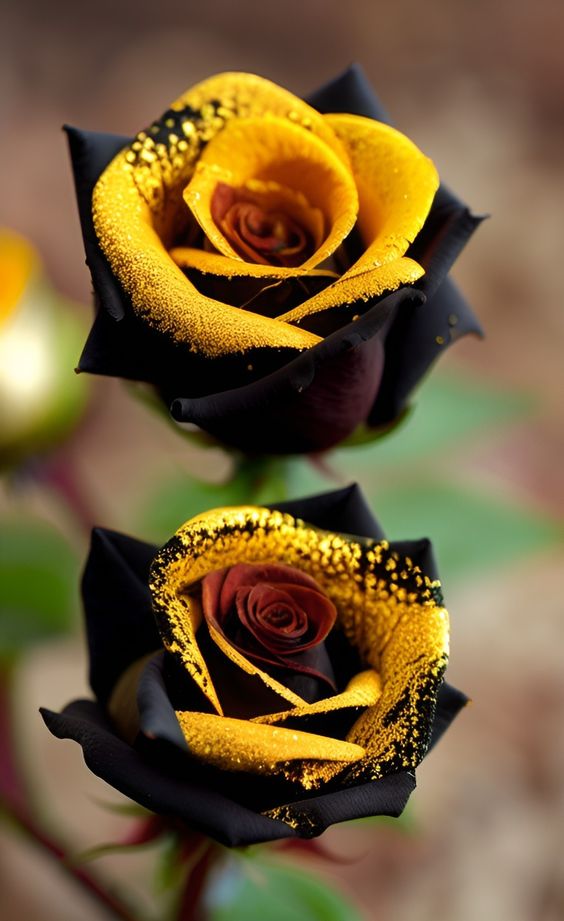**1. *Moment*

Harvest roses in the early morning or late afternoon when temperatures are cooler and moisture loss is minimal, ensuring optimal freshness and longevity.
**2. *Outbreak stage*

Select roses with buds that have just begun to open, as fully opened flowers are more susceptible to wilting and losing petals.
**3. *Sharp tools*

Use clean, sharp pruning shears to make angled cuts on rose stems, ensuring efficient water absorption and reducing the risk of stem clogging and bacterial growth.
Conditioning roses for arrangements
**1. *Remove foliage*

Remove lower foliage from rose stems to prevent water contamination and bacterial growth in the vase, focusing on leaves that would be submerged in water.
**2. *Soak in warm water*

Soak freshly cut rose stems in a bucket of warm water for several hours to promote hydration and revive faded flowers before placing them.
**3. *Vertical cut*

Make a vertical slit at the base of each rose stem to increase water absorption surface area and encourage better hydration and nutrient absorption.
Arrange and display roses
**1. *Clean vase*

Use a clean vase filled with warm water and floral preservative to prolong the life of cut roses and minimize bacterial growth.
**2. *Pruning*

Trim rose stems at a 45-degree angle under running water to prevent air bubbles from forming in the stem and hindering water absorption.
**3. *Placement*

Display roses away from direct sunlight, heat sources and drafts to avoid premature wilting and dehydration.
Maintenance and care
**1. *Water*

Check the water level in the vase daily and refill as needed to ensure the rose stems remain submerged and hydrated.
**2. *Refreshing*

Every few days, recut rose stems and change the water in the vase to remove bacteria and built-up debris, prolonging the life of the flowers.
**3. *Fresh environment*

Keep roses arranged in a cool, well-ventilated room to slow down the aging process and maintain their freshness and beauty for a long period.





